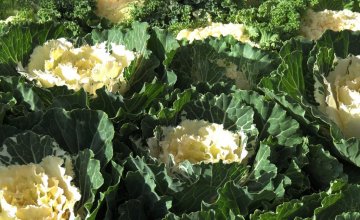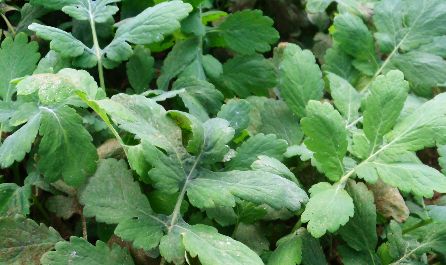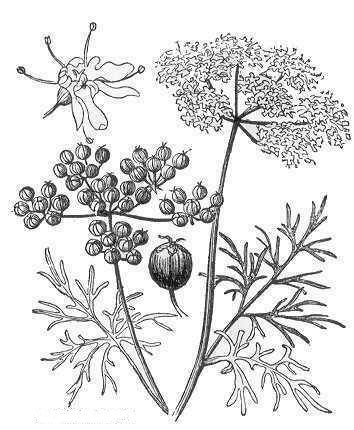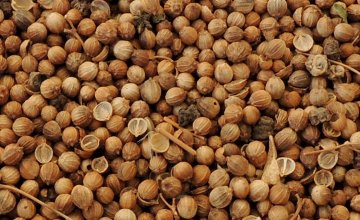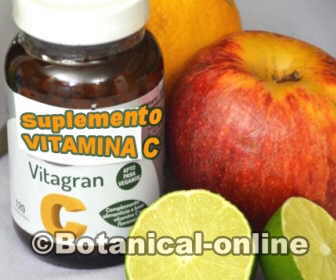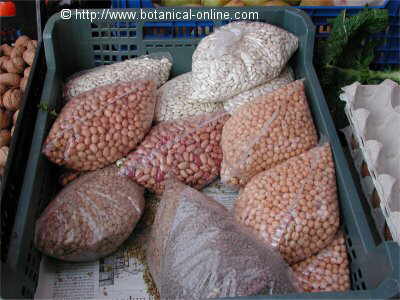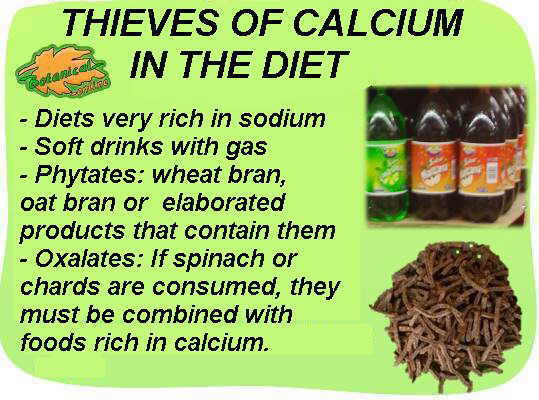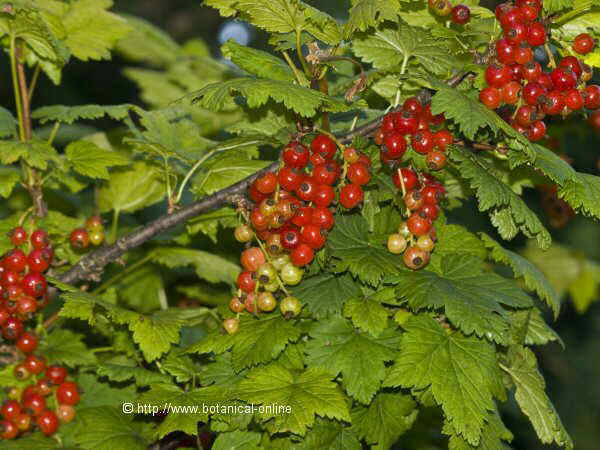Contents
Is common mallow toxic?
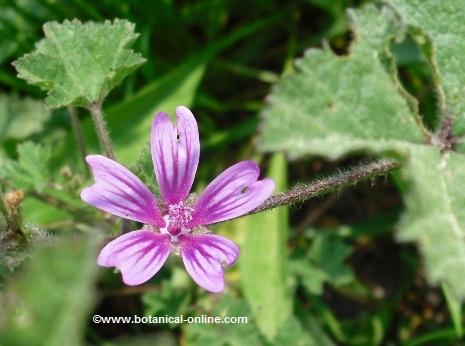
Leaves and flowers of common mallow
No, common mallow (Malva sylvestris) is not a toxic plant.
Mallow is used in herbal medicine for its richness in mucilage, a soluble fiber with demulcent effect, which is not toxic, although it can have side effects.
What are common mallow components?
- Very rich in mucilage and fiber, in all parts of the plant cellulose, hexose, galacturonic acid, arabinose, rhamnose
- Fatty acids (seeds): malvic acid, sterculic acid
- Vitamin C (especially leaves)
- Glycosides: Malvin anthocyanin (pigment pink flower), malvidin.
- Flavonoids: cryptoxanthin, luteolin, rutin
- Tannins
- Essential oil
Principles and toxic hazards of common mallow
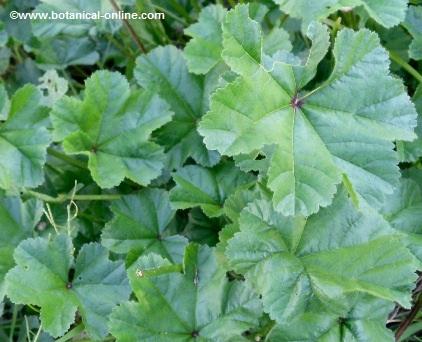
Common mallow leaves are eatable
No toxic effects have been described in humans regarding to mallow.
The leaves and flowers are harmless.
Is mallow a good edible plant?
Special mention should be cautions about eating mallow as food, because it can be found wild in the field:
It is an edible plant, used in soups, salads or casseroles.
When edible wild plants are collected, caution should be taken to conveniently wash the leaves, and realize they have not been contaminated by grazing animals or pets, or pesticides that could pollute nearby crops. Some of these contaminants may cause infectious diseases (animal -borne bacteria) or chemical poisoning.
- It has been reported that the plant tends to accumulate nitrate in the leaves.
- If it is grown in places with inorganic nitrogen fertilizer, you can find high doses of nitrates in the leaves. Nitrates are toxic principles because they are able to reach the blood, together with hemoglobin and prevent oxygen binding to it.
Poisoning is caused by ingestion of high doses of nitrates (muscle weakness, nausea, vomiting, lack of coordination).
Malvic acid and sterculic acid can cause discoloration of egg yolk (pink color) in hens that eat the seeds.
![]() More information on mallow
More information on mallow

